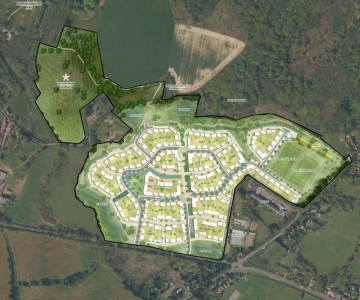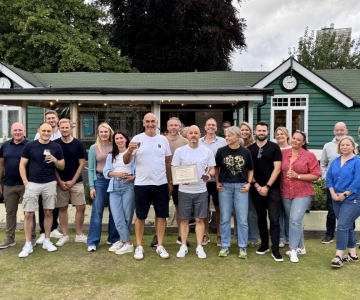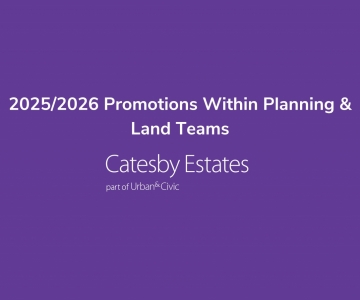Biodiversity Net Gain (BNG) essentially means showing an improvement in the ecological habitat after development compared to before development.
Prior to the concept of Biodiversity Net Gain, planning applications were required to demonstrate fair improvement in ecology onsite, however this was not measurable.
Enter Biodiversity Net Gain a metric calculator aka, ecology by numbers!
Biodiversity Net Gain – the key points:
-
England only
-
Minimum of 10% gain required
-
Calculated using a biodiversity metric
-
Habitat secured for 30 years
-
Comes into force January 2024 (postponed from November 2023)
It is based on the extent of the habitat, as well as its quality, distinctiveness and condition. The calculations do not take protected species into consideration.
For instance, a ploughed field is worth very few ecological points whereas an area of woodland is worth a great deal.
A developer or land promoter such as Catesby Estates will calculate the biodiversity units that the original pre-developed site contains through ecological studies, then how this site, post development can deliver a minimum rise of 10%.
Biodiversity uplift can be achieved through habitat creation on-site and/or off-site.
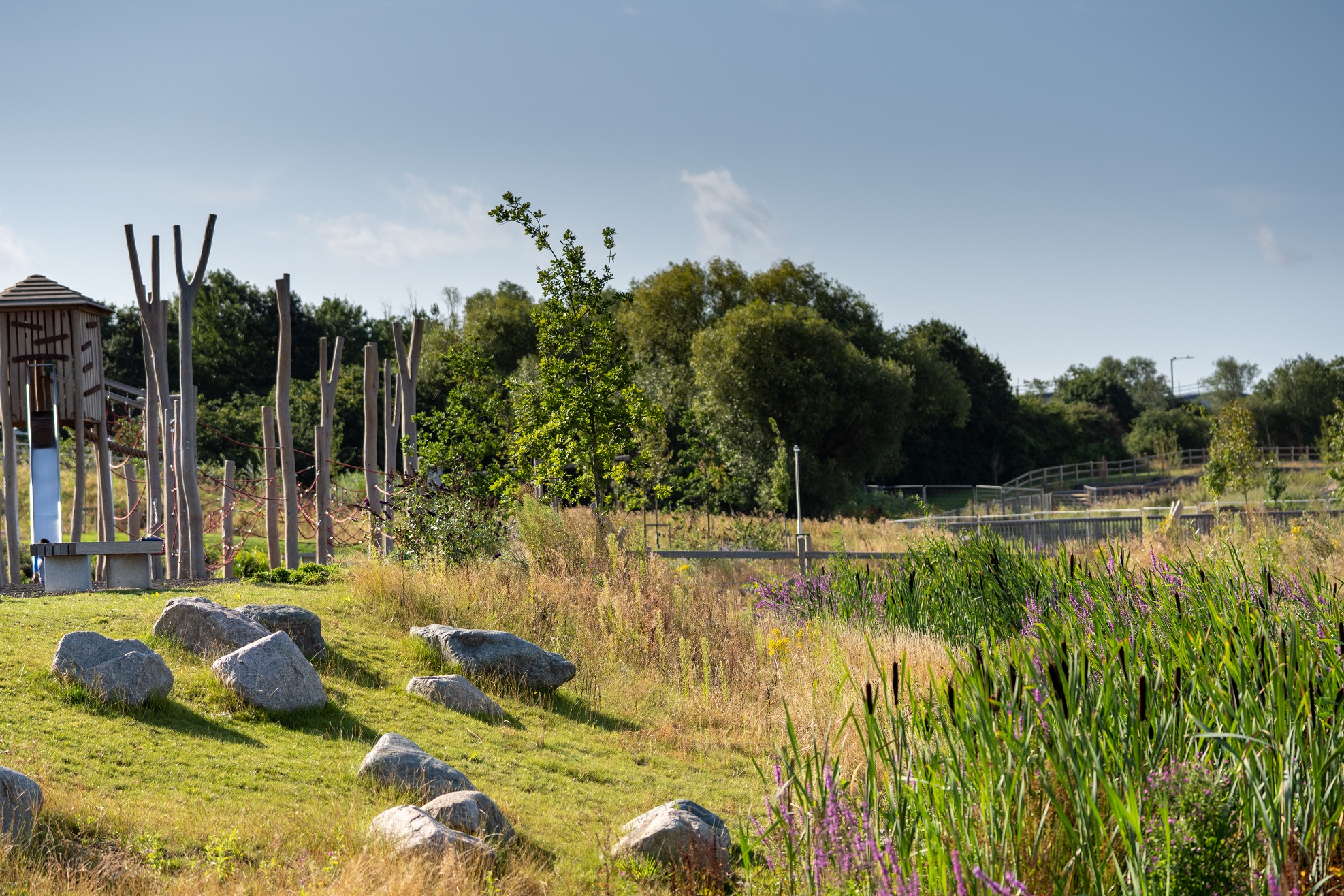
The mitigation hierarchy for Biodiversity Net Gain is set out in national policy. Developers are encouraged to follow these steps in order to:
- Avoid or reduce biodiversity impacts through site selection and development layout
- Enhance and restore biodiversity methods of improvements on site
- Create or enhance off-site habitats, either on the developer's own land or by purchasing biodiversity units
- As a last resort, to prevent undue delays, purchase statutory biodiversity credits from the UK Government (if they can demonstrate that they are unable to achieve biodiversity net gain through on-site or off-site measures)
Off-site habitat creation
If sufficient credits cannot be provided on site, then creation of new habitats off site is required.
Generally, Local Authorities are seeking for these to be within the same authority boundary as the development scheme for ease of monitoring.
Local Authorities will then keep a register of sites and be responsible for monitoring them, with penalties applied if they are not delivering the biodiversity gain expected.
Farmers or landowners who wish to provide sites for biodiversity net gain can make land available through a recognised broker, enter into an agreement with a land bank or deal with a developer or land promoter such as Catesby Estates direct.
The Biodiversity Net Gain requirement will be framed as a pre-commencement planning condition, meaning that the biodiversity gain plan must be approved by the local planning authority, allowing for the condition to be satisfied before any development can begin.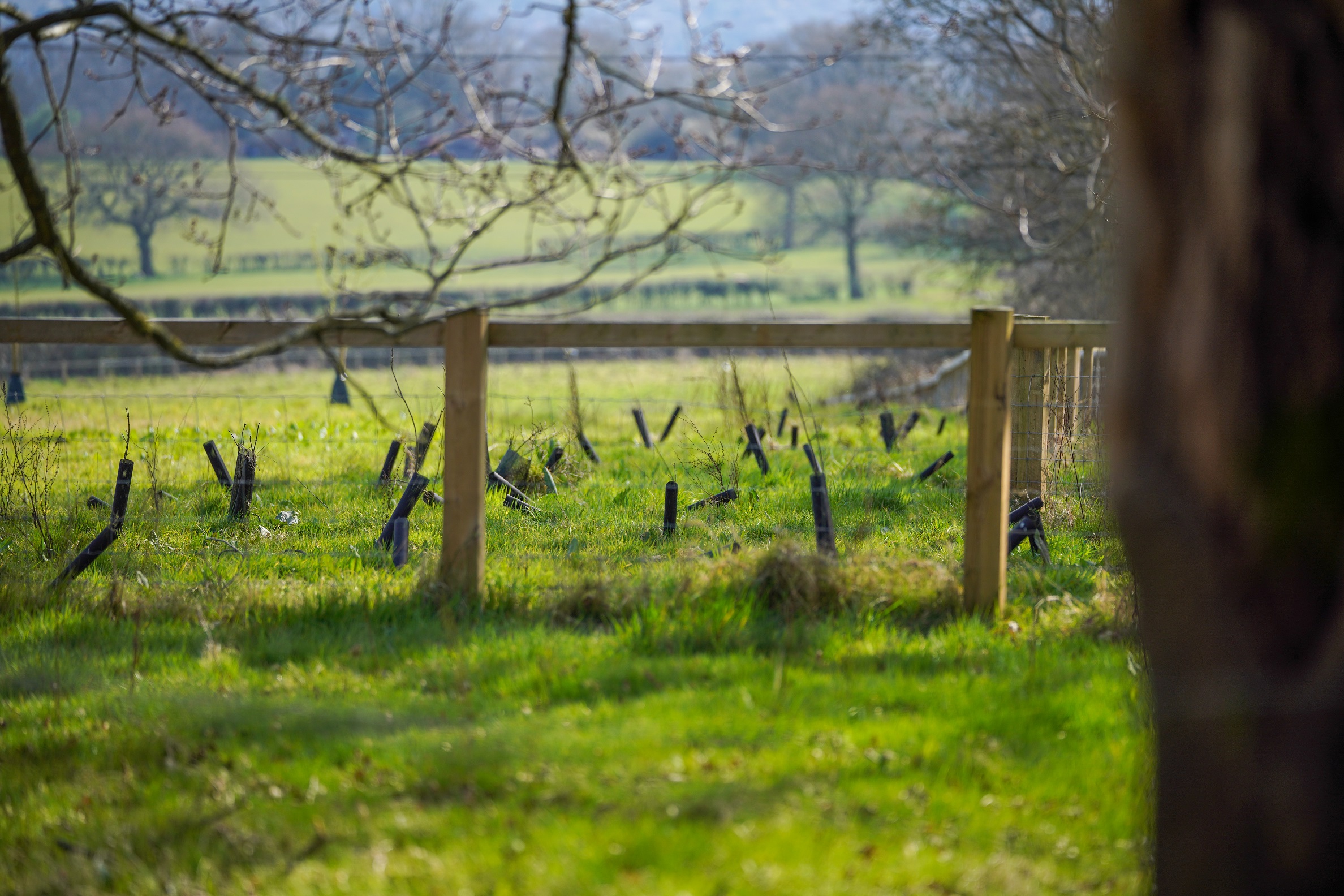
Any biodiversity enhancement used to achieve a biodiversity net gain will need to be maintained for a minimum period of 30 years.
Certain ‘irreplaceable habitats’ will not be able to be able to be lost and will be protected.
These include ancient woodland, ancient and veteran trees, blanket bog, limestone pavement, sand dunes, salt marsh and lowland fen.
Payments and will it financially stack up?
In terms of the costs and payments for offsite biodiversity, payments vary around the country ranging from £3,000/unit to as much as £80,000/unit, spread over 30 years, with an estimated average of £30,000/unit.
Most sites generate 2 units per hectare, but these figures are before costs.
There are also question marks about how the land should be treated for tax purposes, e.g., is it still farmland? and what happens to the land at the end of the 30 years?
Some of these answers remain unclarified, and these is a potential risk that at the end of the 30 years, the land will have a protected ecological status so that it cannot be returned to farmland.
Anyone interested in Biodiversity Net Gain should approach it with an open mind as it won’t be for everyone. These are essentially long-term agreements, so may be more attractive to larger holdings, where an agreement takes up a smaller proportion of the land
What happens next?
The legislation requiring all development sites to offer 10% gain was due to come into effect in November 2023 but has been pushed back to January 2024.
Biodiversity minister Trudy Harrison said the updated timetable and guidance would “help smooth the transition ahead of the Biodiversity Net Gain going fully live in January 2024”.
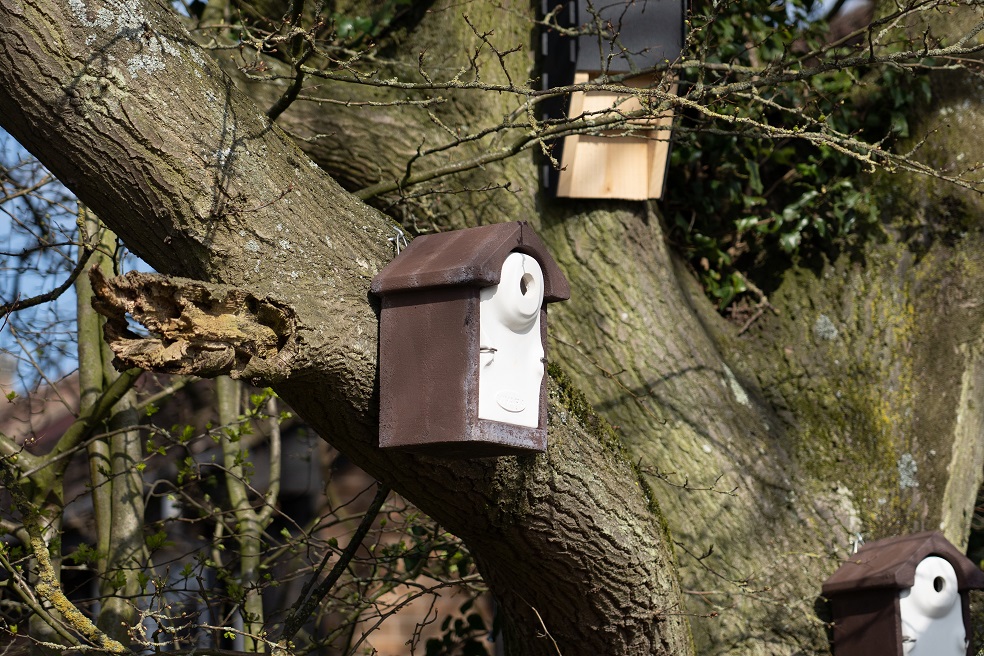
The concern from much of the industry has been that authorities lack resources to deal with the legislation.
Catesby Estates are looking at a multitude of schemes and have experience in both incorporating Biodiversity Net Gain into well designed scheme to ensure the least amount of habitat loss but also into a variety of off site options.
Could your land have development potential and want to find out more about BNG?
We’re actively seeking strategic land sites to add to our land promotion portfolio.
With a proven track record and strong success rate, landowners across the country are encouraged to contact us to find out how we could help you maximise the value of your land.
Dawn Adams - Associate Planning Director 01788 726810 / dawna@catesbyestates.co.uk
